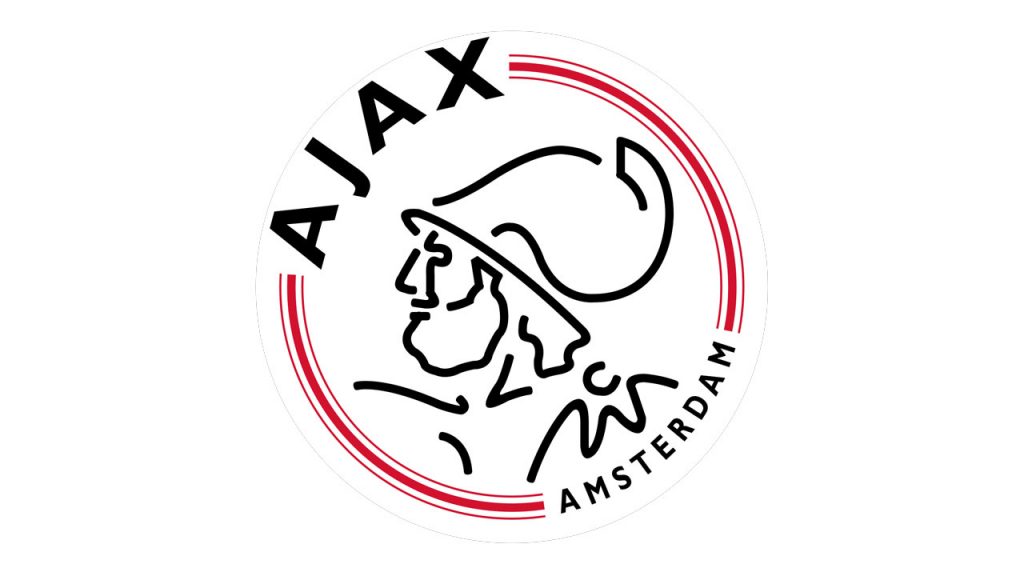Authority Soccer (authoritysoccer.com) is a participant in the Amazon Services LLC Associates Program, an affiliate advertising program designed to provide a means for sites to earn advertising fees by advertising and linking to Amazon.com. This site also participates in other affiliate programs and is compensated for referring traffic and business to them.
When we are sitting on the couch and we are watching soccer on the TV and someone scores a great goal, we sometimes hear the commentators say “that is why he is on the big bucks”.
For professional soccer players that is easy to understand, but what about semi-professional players? How much do semi-pro soccer players make?
In some cases, semi-pro soccer players earn nothing, however, in return they can get their travel, meals, and accommodation all for free.
With the players that do get paid, it is normally a small amount, around $50, however that can vary from country to country. This is because they also have a job that is full-time.
We will also have a look at the highest-paid semi-pro soccer players around the world as well as looking at how much semi-pro soccer players make in other country’s too, like Australia, the US, UK, Germany, and France.
Do semi-pro soccer players get paid?
As we touched on earlier yes they can get paid, however, it is not usually too much. Depending on what the current situation is with each club and what the restrictions are regarding player payments, that will ultimately determine how much a soccer club can pay a semi-professional soccer player.
It will also depend on the actual club itself what kind of sponsors they have and how much money the sponsors put into the club. On top of that, how many fans do the clubs get through the gates?
As with many clubs in the lower tiers of soccer in their respective country, their ability to stay afloat and to be able to get good players into the club is largely down to how many fans come to the games.
For example, a semi-pro soccer team that gets 4,000 to 5,000 fans to their home games will more than likely have more money at its disposal than a soccer club that barely gets 1,000 fans to a game.
Also because of this, that will help regarding the soccer club getting sponsors.
Because the more fans are at a game, the more the company’s advertisements will get seen and could then lead business their way.
Whereas a smaller club that does not get many fans to home games, then a sponsor might be less inclined to put up advertisements because the opportunity to make money is not there.
All of these things can play a part as to whether semi-pro soccer players get paid or if they do not.
How much do semi-pro soccer players make?
As we said earlier it will largely depend on the status of the club and if the club has the resources to be able to pay their players and still be able to turn a profit.
Ultimately this will come down to money revenue that can be gained from sponsorship deals with local companies as well as money the club gets from matchday tickets and through the selling of club merchandise.
We will now have a look at how much semi-pro soccer players make in various countries.
Australia

As we said before there are going to be certain conditions that you are going to have to follow if you want to get paid.
In Australia, as a semi-professional soccer player, there are things that the club will expect from you in return for paying you. It is extremely simple when you get right down to it.
You will be expected to act as a professional soccer player, you will have to keep yourself in good physical condition because a team does not want to pay an overweight striker who can not run.
The further you go down the football tier the more tolerant they become. This is because teams down near the bottom are usually not a very well-run club, but the top semi-professional sides have the same habits and professionalism as A-League teams.
Usually, you will be obligated to train at least twice or even three times a week as well as play your match which is normally on a weekend.
All of the team training sessions are held at night-time and that makes it great if you have a day job as you can essentially get paid for doing two jobs.
Normally in Australia, there are two types of payment structures that clubs offer semi-professional players. The first is a weekly fee or wage that the player will be played, regardless of the team wins or loses.
The next one is sort of a performance-based wage. For example, the player might be on $100 a game, but that can go up t $120 for a win and then clubs can add in extra money for goals, clean sheets, and assists.
For semi-professional soccer players in Australia, it is not that unusual for players to be paid anywhere from $100 a week up to $2000 a week or even more.
United Kingdom
Most players in the Uk, will not earn anything at all. However, to offset this, clubs will often pay for the player’s travel, their meals, and accommodation.
For the soccer players that do get paid by the club, it is usually only an exceedingly small wage, of around $50 a game, however, this can vary from club to club.
The rolling average wage is around 500 pounds and will go up the further the player gets closer to the higher leagues.
This is because most players have a full-time job as well as playing soccer.
Some contracts that semi-professional soccer players have included some really good “bonuses”. Like $100 for a win and then the bonus could be that if you played as a striker, you might get an extra $20 for a goal.
If you are a defender then you might get a $20 bonus for every clean sheet you keep.
Normally every play will have a bonus system set up by the coach or manager and the player has to hit these landmarks to get the bonuses.
Then there are cup games. Some clubs will offer incentives for the players when they reach the next round of the competition.
For example, a club might offer each player an extra $30 for every cup game they win. If the team is successful on the weekend with the cup tournaments in which up to 6 games can be played, the opportunity to make some good money is there.
For most players it never is about the money they play soccer because they love it, the money is just a bonus so at best they can get their gas covered for the week by playing.
United States

Much like other country’s, the semi-professional wage in the US is not much at all, around $100. Like anywhere else in the world there are a few options for the player to look at before they sign their contract.
The main two options are a flat weekly wage of between $50 and $100. Then there are the performance-based contracts where the flat rate will be lower, but there will be incentives for the player written into the contract.
This could be an extra $20 for a goal or an extra $20 for a clean sheet if you are a defender or a goalkeeper.
The average wage for a semi-professional soccer player in the US is around 400-500 dollars a month.
Germany
The semi-professional leagues in Germany are called Liga 4 and Liga 5. As you can most likely tell from their names, they are the fourth tier and fifth tier of soccer in Germany.
The average wage for a semi-professional soccer play in Germany is around 500 Euros a month. Again this get varies greatly depending on the club ad the club’s stature and finances.
Bonuses can also be worked into a player’s contract with extra money available for things like goals, clean sheets, winning cup games, etc.
Netherlands

In the Netherlands, the fourth and fifth tiers of the soccer ladder are called the Hoofdklasse and the 1e Klasse.
These are the two semi-professional leagues and the average wage for players in these leagues is between 100 and 150 euros per game with a bonus payment for winning a game, clean sheet, or cup win.
Much like other clubs around the world, it will all be subject to how financially well off the club is.
Switzerland
Lastly is Switzerland’s third and fourth tier of soccer, Liga 1, and Liga 2. The average wage for a semi-professional player here is between 50 and 150 CHF and that largely depends on whether a team wins or loses.
The amount for a semi-professional soccer player can be vastly different across all country’s in the world and as you can see, some pay well while others do not.

